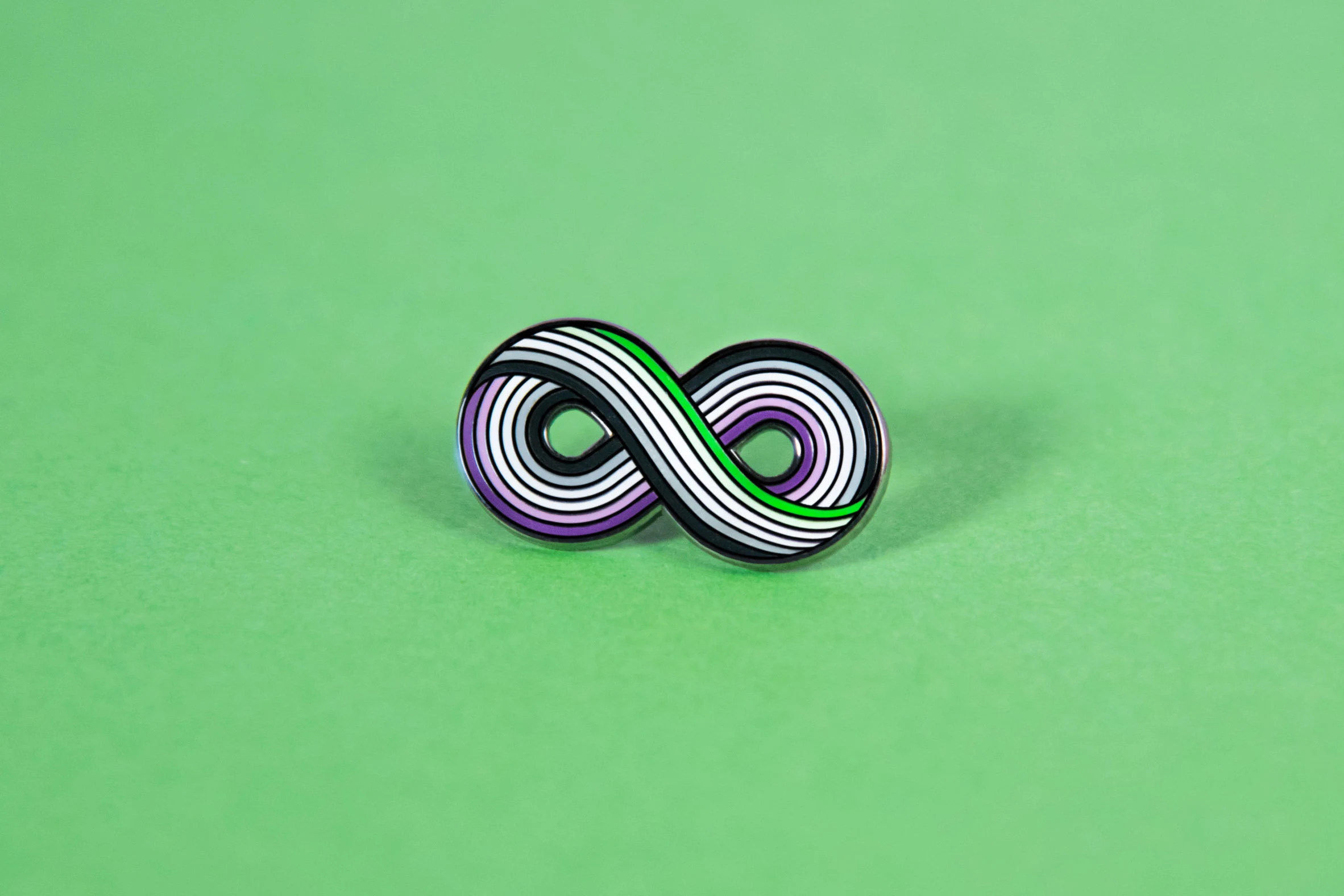The AroAce flag is a vibrant symbol representing the intersection of asexuality and aromanticism within the LGBTQIA+ community. This flag is not only a beacon of pride but also a crucial tool for raising awareness and fostering understanding about asexual and aromantic identities. In this article, we’ll delve into the origins, meanings, and significance of the AroAce flag, and address some frequently asked questions to provide a comprehensive understanding of this important symbol.
Origins and Evolution of the AroAce Flag
The AroAce flag is relatively new, emerging from the broader LGBTQIA+ movement which seeks to recognize and celebrate diverse sexual and romantic orientations. While the exact date of its creation is not well-documented, it is part of a larger effort within the asexual and aromantic communities to create distinct symbols that represent their unique experiences.
The flag features a combination of colors drawn from both the asexual and aromantic flags, reflecting the dual nature of the identity it represents. This hybrid design underscores the importance of recognizing that individuals can simultaneously identify as both asexual and aromantic.
Design and Symbolism of the AroAce Flag
The AroAce flag typically consists of horizontal stripes of different colors, each representing a facet of the asexual and aromantic spectrums. The most common design includes:
- Black Stripe: Representing asexuality, acknowledging the lack of sexual attraction.
- Gray Stripe: Representing the gray area between sexual and asexual orientations, encompassing those who experience occasional sexual attraction.
- White Stripe: Symbolizing the asexual community as a whole.
- Green Stripe: Derived from the aromantic flag, representing aromanticism and the absence of romantic attraction.
- Yellow Stripe: Another color associated with aromanticism, reflecting the diversity and inclusivity within the aromantic spectrum.
These colors collectively highlight the intersectionality of the AroAce identity, emphasizing the unique blend of asexual and aromantic experiences.
The Significance of the AroAce Flag
The AroAce flag serves several vital purposes within the LGBTQIA+ community and beyond:
- Visibility and Representation: For many individuals who identify as both asexual and aromantic, the AroAce flag provides much-needed visibility. It assures them that their identities are valid and recognized within the broader LGBTQIA+ spectrum.
- Awareness and Education: The flag acts as a conversation starter, helping to educate others about the nuances of asexuality and aromanticism. This increased awareness can reduce stigma and promote acceptance.
- Community and Support: Seeing the AroAce flag at events or online can foster a sense of belonging and solidarity among those who identify as AroAce. It signifies a supportive community that understands and shares similar experiences.
- Advocacy and Activism: The flag is also a powerful tool for advocacy. It can be used in campaigns to promote equal rights and combat discrimination against those who identify as asexual and aromantic.
FAQs about the AroAce Flag
What does “AroAce” mean?
“AroAce” is a portmanteau of “aromantic” and “asexual.” Aromantic refers to individuals who do not experience romantic attraction, while asexual refers to individuals who do not experience sexual attraction. AroAce individuals identify with both of these orientations.
How does the AroAce flag differ from the individual asexual and aromantic flags?
The AroAce flag combines elements from both the asexual and aromantic flags, using colors that represent both identities. While the asexual flag includes black, gray, white, and purple, and the aromantic flag includes green, yellow, white, gray, and black, the AroAce flag typically incorporates black, gray, white, green, and yellow.
Why is it important to have a distinct AroAce flag?
Having a distinct AroAce flag is important for visibility and representation. It acknowledges the unique experiences of those who identify as both asexual and aromantic and provides them with a symbol that reflects their combined identity.
Are there variations of the AroAce flag?
Yes, there are variations of the AroAce flag. Different designs may include slight changes in the order or shades of the stripes. However, the core colors—black, gray, white, green, and yellow—remain consistent across most versions.
How can I show support for the AroAce community?
There are several ways to show support for the AroAce community:
- Educate yourself and others about asexuality and aromanticism.
- Use and display the AroAce flag to raise awareness.
- Support AroAce individuals by respecting their identities and experiences.
- Advocate for inclusive policies and practices within your community and organizations.
What are some common misconceptions about AroAce individuals?
Common misconceptions include the beliefs that AroAce individuals are incapable of love, are just shy or traumatized, or that their orientation is a phase. These misconceptions stem from a lack of understanding about asexuality and aromanticism. AroAce individuals can form deep and meaningful relationships, and their orientations are valid aspects of their identities.
Can AroAce individuals experience other forms of attraction?
Yes, AroAce individuals can experience other forms of attraction such as aesthetic, platonic, or intellectual attraction. The absence of romantic and sexual attraction does not preclude them from forming strong connections with others.
How can the AroAce flag be used in advocacy?
The AroAce flag can be used in various advocacy efforts, such as pride parades, awareness campaigns, and social media activism. It serves as a visual representation of the community’s presence and demands for equal rights and recognition.
Conclusion
The AroAce flag is more than just a symbol; it is a declaration of identity, pride, and solidarity. For many, it provides a sense of belonging and validation, reminding them that they are not alone. As awareness and understanding of asexual and aromantic identities continue to grow, the AroAce flag will undoubtedly play a crucial role in fostering acceptance and promoting inclusivity within the broader LGBTQIA+ community.
By recognizing and celebrating the AroAce flag, we take a step towards a more inclusive society where every individual, regardless of their sexual or romantic orientation, is seen, heard, and respected.



